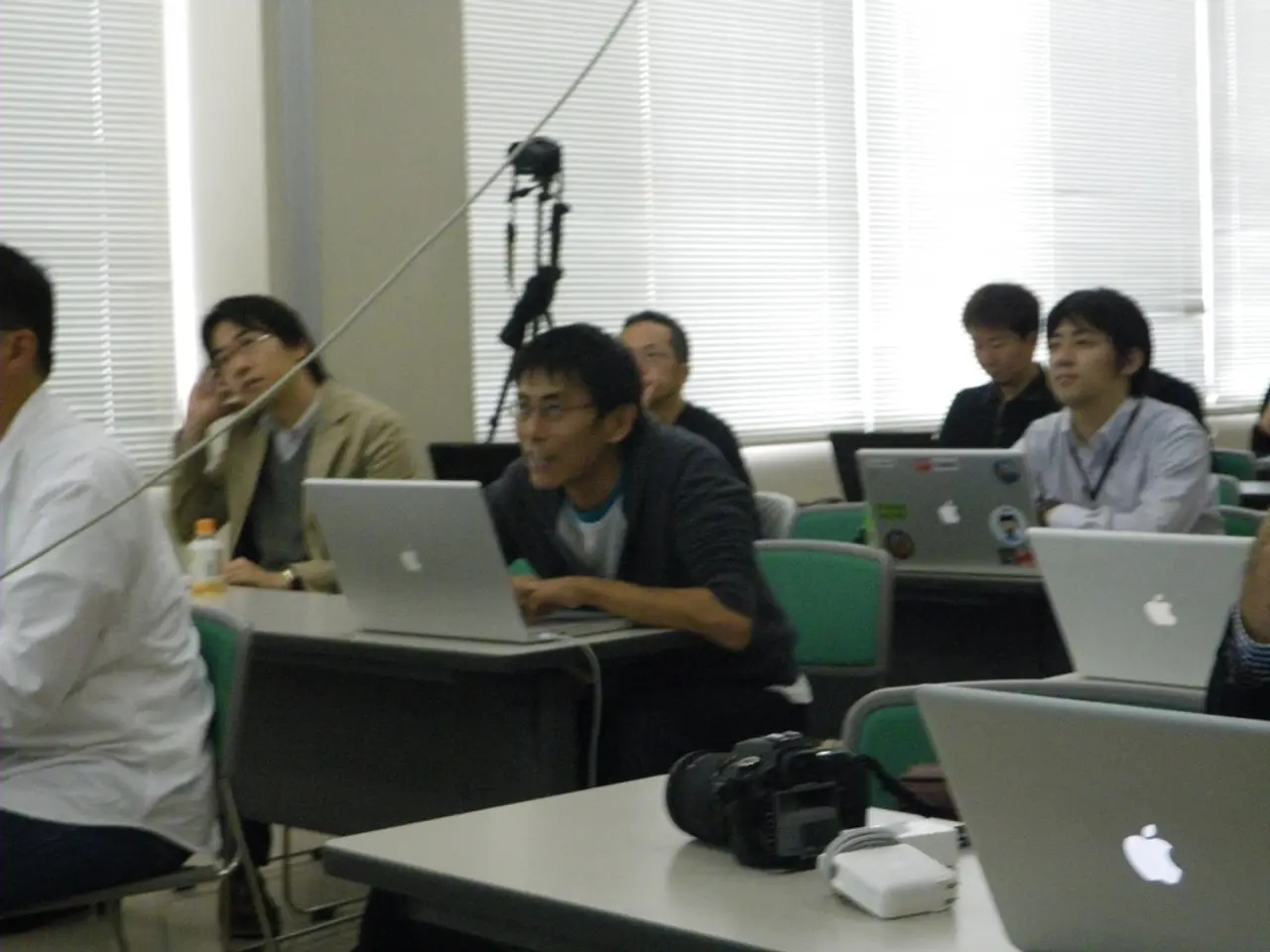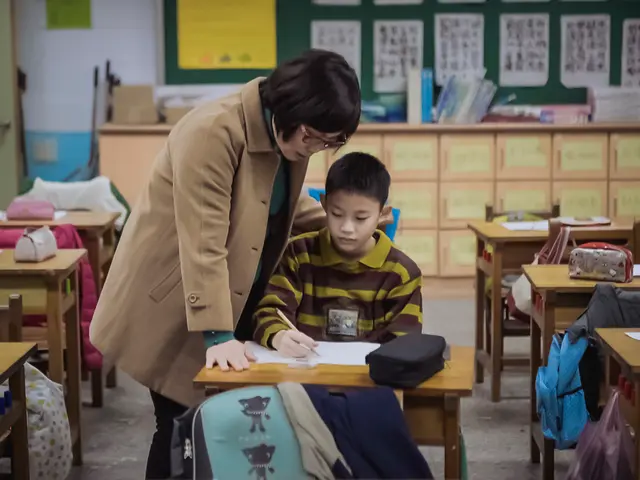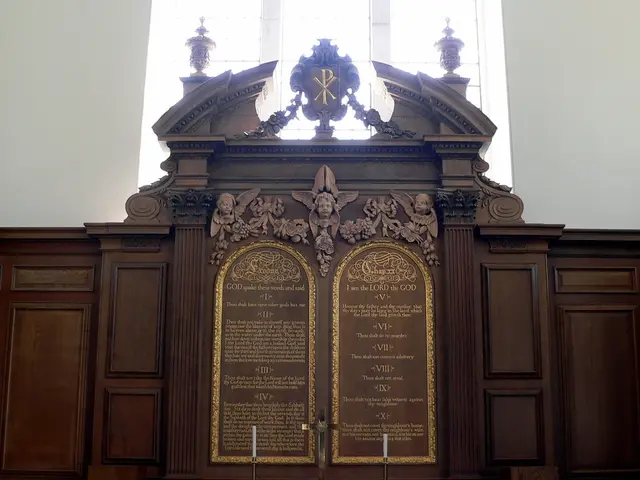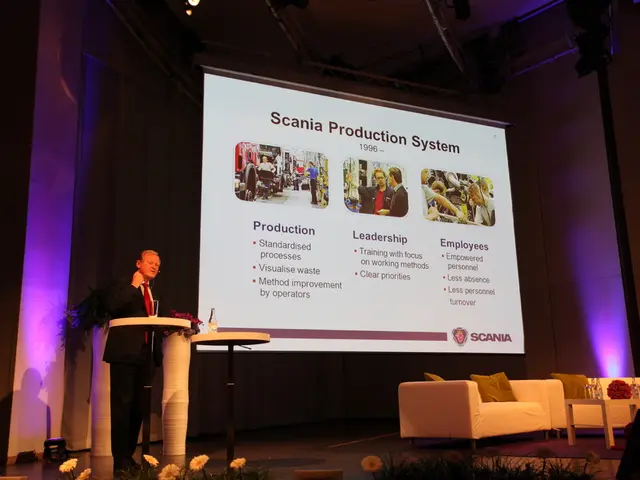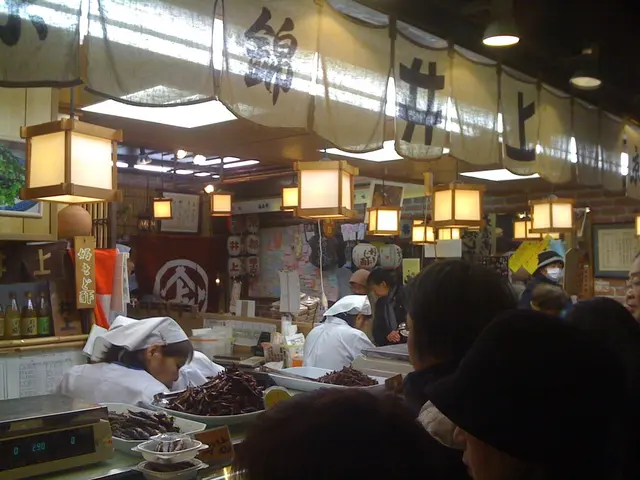"Exploring the realm of augmented reality: 15 Notable Uses"
Augmented reality (AR) is rapidly reshaping the landscape of various industries, enhancing customer experiences, improving operational efficiency, and driving innovation. Here are some recent examples of AR applications across different sectors:
### 1. Retail and Marketing AR navigation apps are bridging the gap between digital and physical retail experiences, increasing dwell time by 19% and basket size by 12% through interactive wayfinding and personalised recommendations [2]. AR-powered marketing campaigns, such as Pepsi Max's AR bus stop ads, create immersive experiences that grab attention and boost brand memorability [5].
### 2. Manufacturing and Industry Edge AI on smart glasses can detect anomalies with 92% precision, enabling hands-free predictive maintenance and reducing operational costs [2]. AR also guides workers through procedures by highlighting specific components, improving efficiency and reducing errors [3].
### 3. Construction GAMMA AR technology overlays digital blueprints onto real-world sites, enhancing project accuracy and reducing delays by spotting errors early in the construction process [5].
### 4. Food Industry Kabaq offers customers lifelike 3D images of dishes, making dining experiences more interactive. This results in increased order values and reduced food waste [5].
### 5. Cosmetics and Beauty Virtual makeup try-ons allow customers to experiment with cosmetics in a digital environment, enhancing the shopping experience and increasing engagement [4].
These examples demonstrate how AR is revolutionising industries by enhancing customer experiences, improving operational efficiency, and driving innovation. One popular example of AR is Snapchat, which uses AR to impose filters on users' faces.
AR technology extends to other sectors as well, including healthcare, gaming, education, and tourism. For instance, AR is being used in healthcare to assist with medical procedures and training, and in gaming to provide an immersive experience. In tourism, AR is making travel more exciting and educational for tourists by offering augmented reality experiences.
AR technology uses computer vision algorithms to detect the real-world environment and overlays digital information onto it. Common devices used for experiencing AR include smartphones, tablets, and smart glasses like Google Glass. Some AR experiences also require specialized hardware like motion sensors or depth-sensing cameras.
One notable application of AR in healthcare is the U.S. Army's use of AR technology to give soldiers improved situational awareness. In the retail sector, AR technology is being used by companies like Nike, IKEA, and Sephora to enhance the shopping experience by allowing customers to virtually try on clothes or see how furniture would look in their homes.
AR technology has also found a place in the education sector, with the augmented reality sandbox developed by UC Davis and the use of AR in virtual try-ons for makeup being prime examples. Another application is Google Translate's camera feature, which uses AR to translate text in real-time.
In the gaming industry, AR technology has revolutionised the gaming and entertainment industry by providing an immersive experience to users. Popular games like Pokémon GO, Ingress, Harry Potter: Wizards Unite, and Minecraft Earth use AR to bring the game to life in the real world.
AR technology is being integrated into smartphones and mobile apps, providing users with an interactive and engaging experience. Examples include Snapchat, Instagram, Facebook, IKEA Place, and Sephora Virtual Artist. The future of AR technology looks promising, with its potential to transform various industries and improve our daily lives.
- The fashion-and-beauty sector is leveraging AR to offer virtual makeup try-ons, creating a more engaging shopping experience, thus boosting customer interaction.
- In the lifestyle segment, AR navigation apps are enhancing the bridging gap between digital and physical experiences, promoting longer dwelling times and increased order values.
- Within the food-and-drink industry, Kabaq utilizes AR to present lifelike 3D images of dishes, escalating the dining experience and mitigating food waste.
- AR technology is revolutionizing industries by imposing filters on users' faces, such as the case with Snapchat, and increasing brand memorability in fashion-and-beauty marketing campaigns.
- Homes and gardens are experiencing transformed through AR, as demonstrated by the GAMMA technology that overlaid digital blueprints onto real-world sites, enhancing project accuracy and reducing delays.
- In the technology sector, edge AI on smart glasses has been effective in detecting anomalies with high precision, allowing for hands-free predictive maintenance and operational cost savings in manufacturing and industry.
- The world of education and self-development has been benefited by AR technology, with AR in virtual try-ons for makeup, augmented reality sandboxes, and Google Translate's camera feature sharpening learning and teaching experiences.
- American football enthusiasts, whether following NFL, NCAA Football or the sport in general, can rejoice at the potential of AR technology in providing immersive gaming experiences, exemplified by popular games like Pokémon GO and Minecraft Earth.
